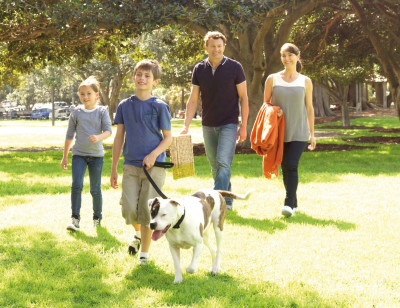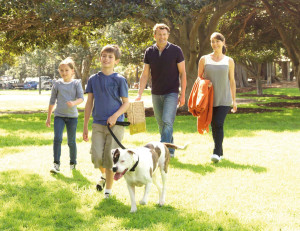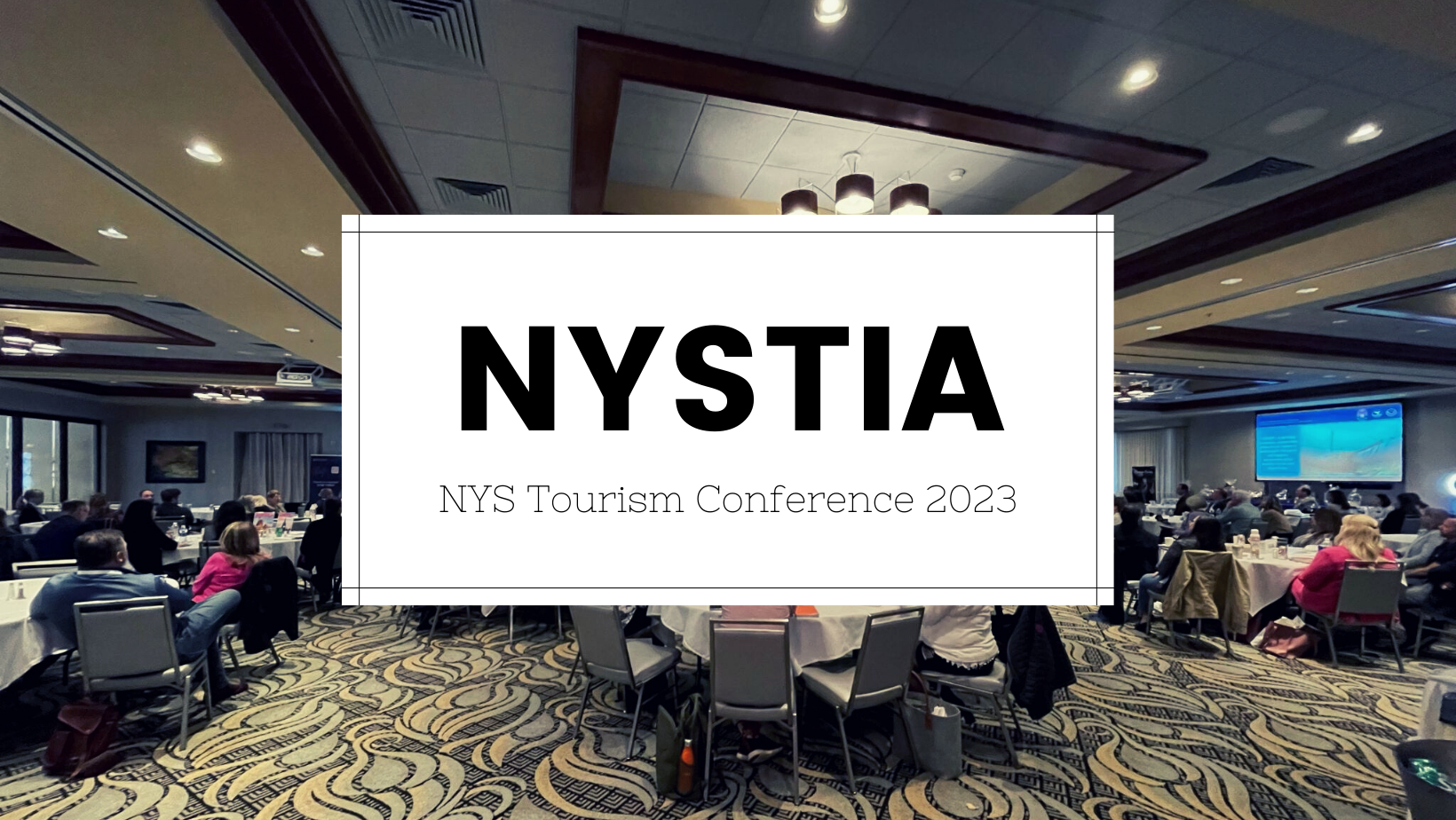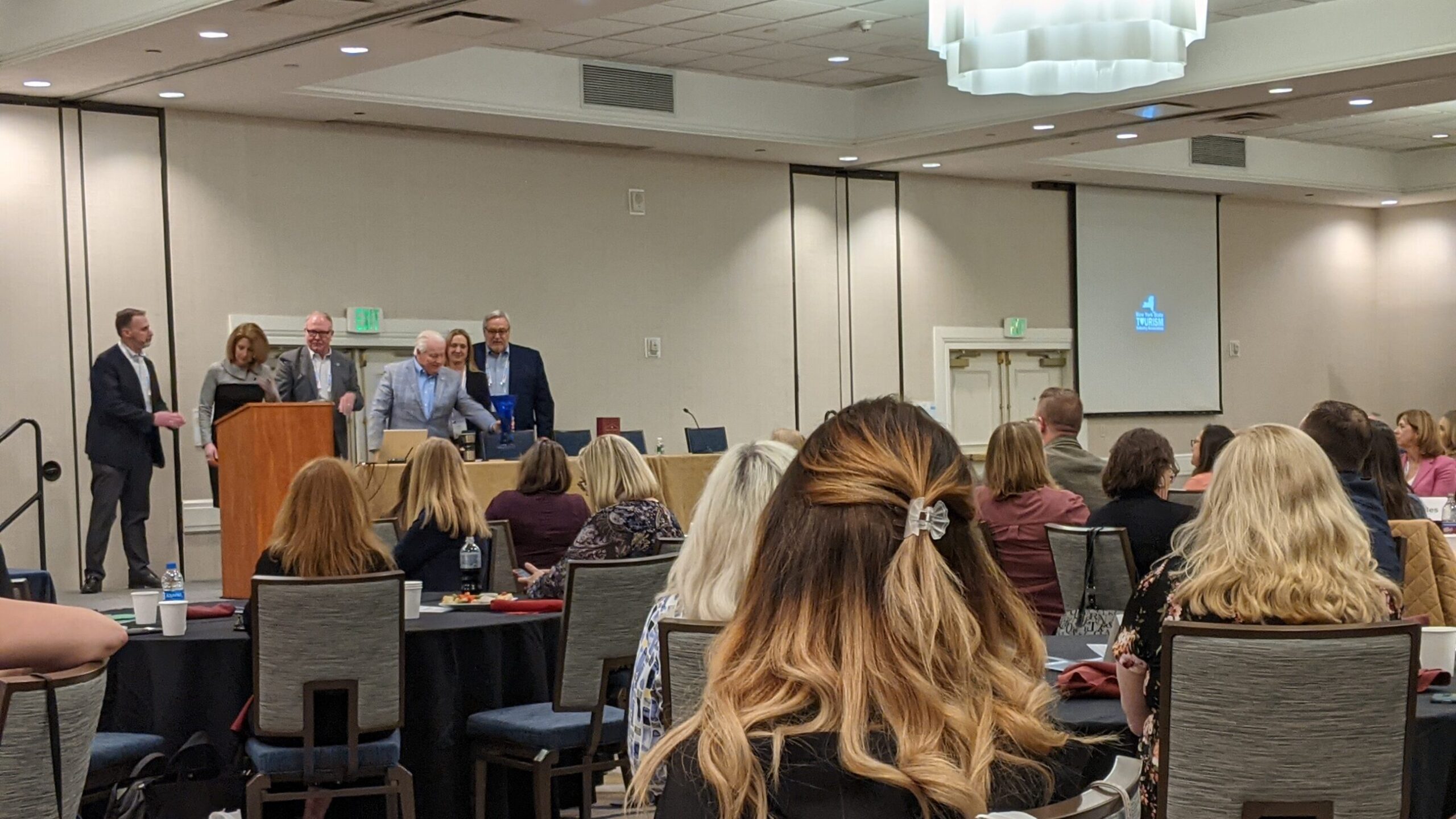Placemaking

I was first introduced to the concept of Placemaking a few years ago, listening to a former mayor talk about his experience in revitalizing his hometown.
 As a tourism marketing professional, I find the process fascinating and full of common sense at the same time. Before one can “market” a destination, someone has to decide and affect what kind of “place” it will be.
As a tourism marketing professional, I find the process fascinating and full of common sense at the same time. Before one can “market” a destination, someone has to decide and affect what kind of “place” it will be.
So, what is “Placemaking?” One definition, recently presented at a conference hosted by The Orange County Citizens Foundation, is as follows – “to create and recreate livable, walkable communities where people want to live and work.” And visit!
Placemaking re-envisions public spaces as the heart of their community. It often turns community centers back into economic engines for their neighborhood, and fosters relationships among the people who live and work there, in harmony with their environment.
Tired and abandoned buildings and whole blocks turn into vibrant centers for housing, business, and recreation. Rezoning, revised street planning, and new public policy may be required. Never an overnight process, true placemaking demands vision, innovation, cooperation, and patience.
- Discover the stories. Be prepared to hold a lot of meetings, with all of the stakeholders in the community – citizens, business owners, officials, donors, etc. The stories that emerge will reveal the shape and character of where the community has come from – the good bones that lie beneath the surface – and where its participants want to go. Help people identify what there is in their community to celebrate, change, save, or get rid of. This planning process will help establish the necessary policies and foundation from which to move forward.
- Build your economic foundation. Analyze the real benefits of compact planning – in sustainable infrastructure costs and property taxes – versus sprawl, and share those variable outcomes with all members of the community.
- Build key collaborations and partnerships. Every community has its anchor organizations – educational institutions, health and medical facilities, transportation hubs, cultural venues, and/or heritage buildings. Build anchor neighborhoods around these core partners. Seek out people who have already completed similar projects and ask for their help.
- Help the public find their voice. Supply civil training for citizens through web and video, and engage them through conversations in taverns and churches, community centers, in their homes, and on the street. Build trust and buy-in, and support those who support you.
- Be patient, flexible and decisive. Be willing to take many small steps. Celebrate milestones – small or large. When you get what you want, say yes and act quickly.
In the end, placemaking not only helps build new economies and foster entrepreneurial activity, but also propels a better organized and more mature civil society, with a broader and more positive self-image.
Who doesn’t want to love where they live?




